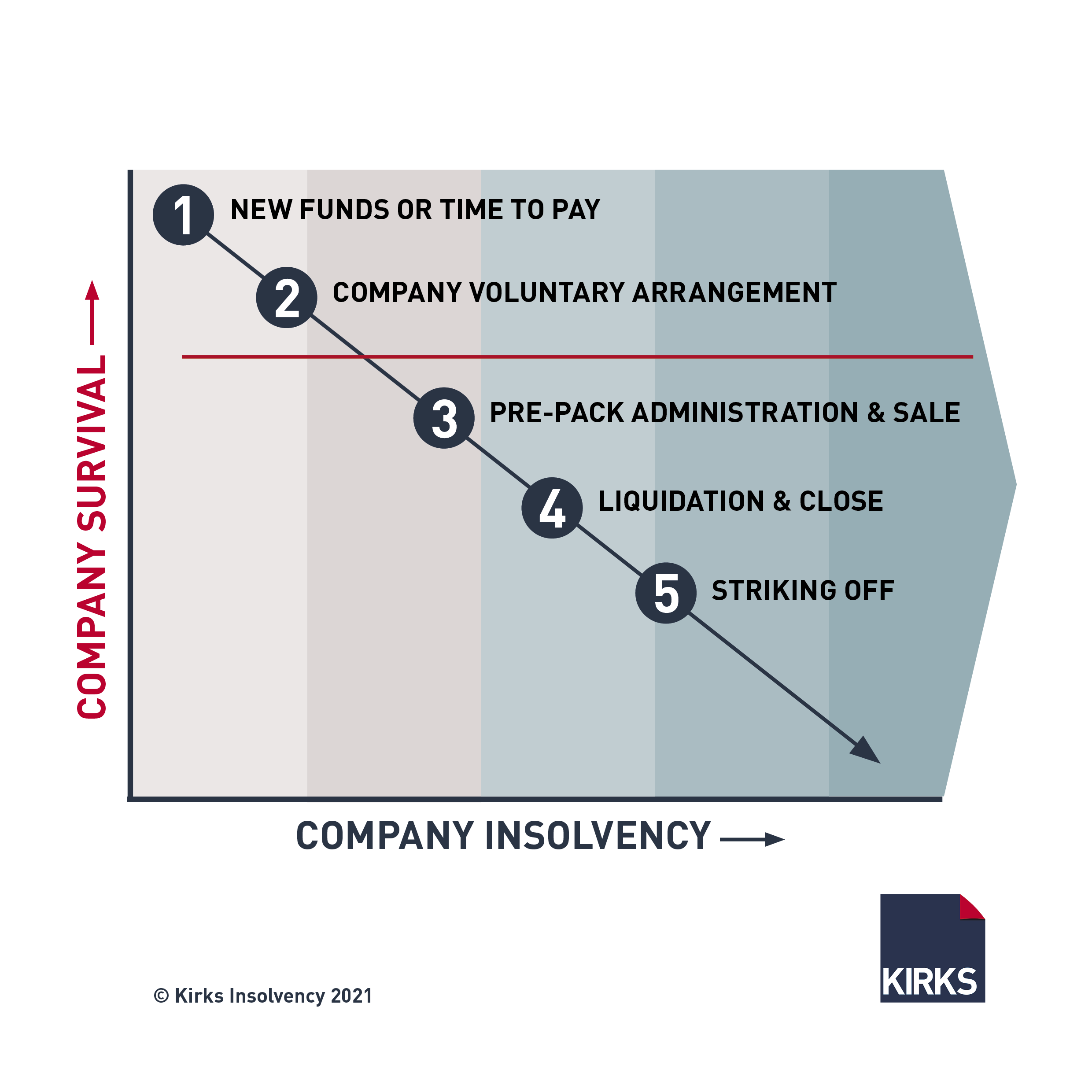Insolvency Practitioner Fundamentals Explained
Insolvency Practitioner Fundamentals Explained
Blog Article
Get This Report about Insolvency Practitioner
Table of ContentsInsolvency Practitioner - TruthsThe Ultimate Guide To Insolvency PractitionerAn Unbiased View of Insolvency PractitionerInsolvency Practitioner Can Be Fun For EveryoneThe 2-Minute Rule for Insolvency PractitionerAbout Insolvency PractitionerThe Definitive Guide to Insolvency Practitioner
Insurance is checked and regulated by state insurance coverage divisions, and one of their key objectives is shielding insurance policy holders from the threat of a company in financial distress. When a company gets in a duration of financial difficulty and is unable to meet its obligations, the insurance policy commissioner in the business's home state initiates a processdictated by the laws of the statewhereby efforts are made to assist the business regain its economic ground.If it is established that the firm can not be restored, the company is proclaimed financially troubled, and the commissioner will certainly ask the state court to order the liquidation of the company. [Back] The insurance commissioner, either designated by the governor or chosen, heads the state insurance policy division and monitors and regulates insurance task within the state.
By obtaining control of a firm, the commissioner (or the insurance policy department) is, by law, the rehabilitator or liquidator of the firm. In this capability, the commissioner or department takes control of the company's operations. Instead than do so directly, the commissioner may preserve an unique replacement receiver to oversee the business's activities.
The 3-Minute Rule for Insolvency Practitioner
The receiver looks after an accounting of the business's possessions and obligations and provides the estate of the company. In doing so, the receiver looks for to optimize the business's assets, transfer them to cash money, and after that distribute that cash money to financial institutions having legitimate cases versus the insurance firm according to settlement concerns specified by state regulation (in all states, insurance policy holders are top priority claimants whose cases are paid before those of basic creditors).
All insurer (with restricted exceptions) licensed to offer life or health and wellness insurance policy or annuities in a state must be members of that state's guaranty association. The warranty organization accepts the commissioner and the receiver in pre-liquidation planning. As soon as the liquidation is ordered, the warranty association supplies insurance coverage to the company's insurance holders that are state locals (up to the degrees defined by state lawssee listed below; any advantage amounts above the warranty asociation advantage degrees come to be insurance claims against the business's remaining possessions).
Examine This Report about Insolvency Practitioner
The above insurance coverage degrees use individually for every bankrupt insurance firm. [Back] When an insurance company falls short and there is a shortfall of funds needed to satisfy the commitments to insurance holders, state warranty associations are turned on. Warranty associations have 2 main sources of funding when offering insurance coverage to policyholders. Warranty organizations have subrogation civil liberties to an in proportion share of the assets staying in the stopped working insurance company.
Second, insurance companies doing organization in that state are examined a share of the amount called for to meet the portion of the warranty organizations' covered claims not otherwise moneyed with estate properties. The quantity insurance providers are analyzed is based on the quantity of premiums that they gather in that state. The National Organization of Life and Health Insurance Coverage Warranty Associations (NOLHGA) is made up of the life and health insurance guaranty organizations of all 50 states and the Area of Columbia.
NOLHGA develops a Learn More Here task force of depictive guaranty home organizations to work with the insurance policy commissioner to develop a plan to safeguard insurance holders.
The 10-Second Trick For Insolvency Practitioner

Anticipating defense by aiding you select the right customers and the ideal markets to prevent bad debt in the first area, many thanks to acute financial evaluation. Extensive market knowledge, supplying you with 360-degree visibility on company industries and impending difficulties. It would be a simplification to believe a profession debt insurance begins and ends with premiums and pay-outs.

Some Ideas on Insolvency Practitioner You Should Know
It can lead to task losses, asset sales, and also personal bankruptcy. It is necessary to recognize just how company insolvency jobs and just how it can influence your organization. Why does a company become part of bankruptcy? There are a variety of reasons that a company might participate in bankruptcy. One of the most typical reason is that the business is not able to pay its financial debts as they drop due.
Various other reasons for bankruptcy include fraudulence, mismanagement, and unforeseen costs. When a company ends up being insolvent, its properties are made use of to pay off its financial obligations. This can have a major influence on the business, as it may no more be able to proceed operating. Insolvency can likewise cause work losses and the closure of businesses.
Insolvency Practitioner Fundamentals Explained
The have a peek at these guys business may be required to offer possessions, lay off team or also shut down. Creditors might be left out of pocket and the company's investors might see their financial investment disappear.
This can take place for a number of reasons, including bad financial management, unanticipated costs, or an adjustment out there. If a company is financially troubled, it may be compelled to fold or offer off possessions to pay lenders. This can have a significant effect on the service, employees, and shareholders.
It can result in task losses, asset sales, and even insolvency. It is very important to comprehend how business insolvency works and exactly how it can influence your business. Why does a firm participate in insolvency? There are a variety of reasons a business might participate in bankruptcy. One of the most usual reason is that the company is incapable to pay its financial obligations as they fall due.
See This Report on Insolvency Practitioner
Other reasons for bankruptcy include fraud, mismanagement, and unanticipated costs. When a company becomes insolvent, its possessions are made use of to settle its financial obligations - Insolvency Practitioner. This can have a significant effect on business, as it may no longer have the ability to continue operating. Insolvency can likewise bring about job losses and the closure of organizations.
This can have severe ramifications for the company, its stakeholders, lenders and the economy. The company may be required to sell properties, gave up team and even fold. This can have a knock-on result on the neighborhood area and the economic climate all at once. Financial institutions might be omitted of pocket and the business's shareholders may see their financial investment go away.
Report this page